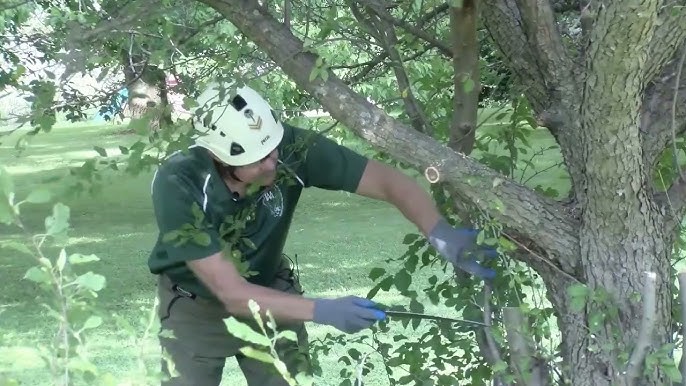Pruning is both an art and science of gardening. A skilled pruner must assess each plant carefully in order to determine the appropriate cuts that will help attain its intended appearance.
Spend some time studying how a plant grows and when its blooms appear before making your initial cut.
Pruning Techniques
Many gardeners lack knowledge or skill in pruning techniques and their proper use, which is unfortunate given that more trees are killed each year through improper pruning than by pests. Kansas City Tree Service has very detailed information about tree pruning, you can visit their website here.
Corrective and structural pruning should be undertaken during late winter or early spring before new growth begins, to provide better observations of branch structure and limit competition from shoot elongation, flowering and fruiting activities that contribute to wound closure competition and limit wound closure competition due to shoot lengthening, flowering and fruiting activities. Furthermore, doing this early allows you to avoid excessive water or nutrients entering through cracks in bark cambium tissues that cause bark damage leading to cambium injury that leads to rot.
Thinning cuts remove crossing, rubbing or interfering branches to allow more light and air into the canopy. Additional pruning techniques include crown raising, espaliering and training to produce specific shapes such as topiary.
Avoid flush cuts (cutting close to or through the branch collar and bark ridge) and stubs (the broken or cut base of a limb projecting from the trunk), which reduce the ability of wounded wood to seal over and provide entryways for microorganisms and fungi to enter.
Observation
Trees add beauty, shade, tranquillity and property value to your home while also providing important services like erosion control, storm water management and carbon sequestration.
Preventative maintenance for your trees can help identify issues early on, particularly as weather patterns change and their stressors such as drought, fungus spread or root rot arise. Regular observation will assist in early identification.
Regularly inspecting your trees can help you pinpoint the ideal time and place to prune them. Kansas City fall is an excellent season for this as deciduous trees still possess most of their leaves allowing you to easily identify branches that need cutting as well as heal the cuts easily before spring arrives. Mulching can also keep trees healthy by protecting soil moisture loss and feeding roots essential nutrients needed for their development.
Goals
Tree pruning is an art. The aim is to ensure that a tree thrives while offering its desired appearance on a property owner’s land. Pruning typically includes cutting away diseased or damaged branches, reducing weight on large laterals and redirecting growth; additionally it involves hazard reduction pruning which involves improving structure to minimize potential damages from wind or storms.
Arb Tech can recommend the appropriate mulch to suit your landscaping needs.
Kansas City’s urban forest is an invaluable municipal asset that provides numerous environmental advantages such as energy savings, pollution control and wildlife habitat. A properly cared-for urban forest increases quality of life while simultaneously being fiscally prudent: its maintenance produces a high return on public funds invested.
Branches
Pruning plants back to their natural form requires less work and results in attractive landscapes that require lower maintenance.
When pruning, take extra care to identify and cut away diseased or dead branches. A good rule of thumb is to trim back branches to their crotch or nearest bud; if in doubt about whether they’re alive or dead, scrape their bark off with pruners until you can clearly see the color of their growth layer – healthy layers should appear green.
Kansas City boasts more than 3,000 trees in its right-of-way (ROW), providing vital environmental benefits including pollution control, energy reduction, stormwater management and wildlife habitat. They also enhance our quality of life with their visual appeal. However, trees in Kansas City’s right-of-way can become stressed from strong Kansas City winds which often results in weak or damaged trees that pose risks to both property and people nearby.
